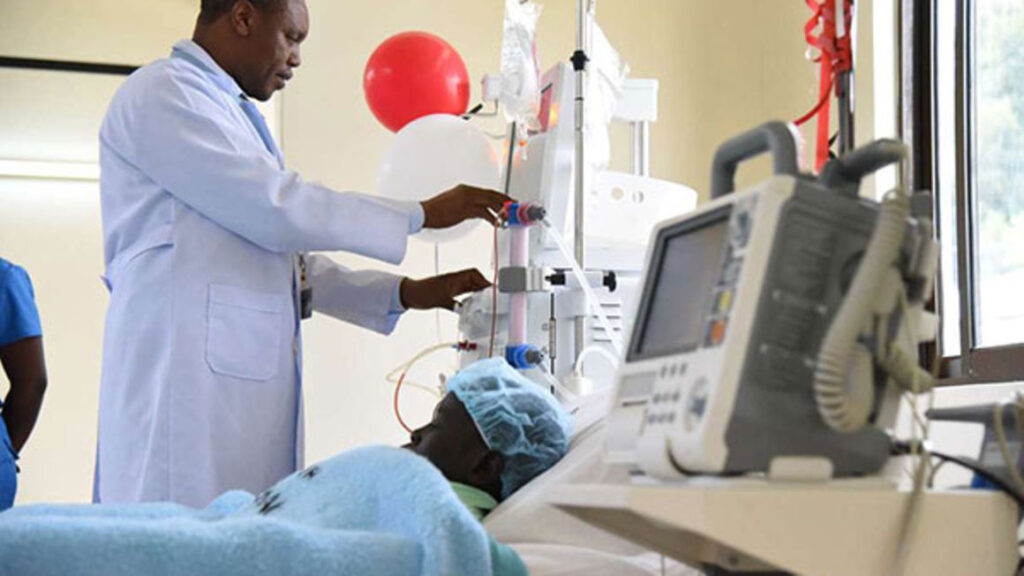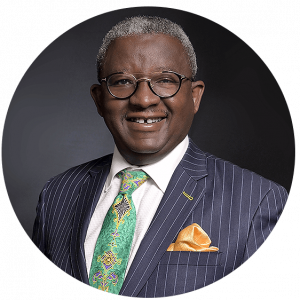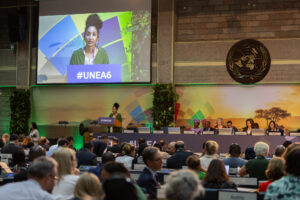My mind is deeply perturbed by the recurring life-threatening events affecting our people, especially since these incidents are occurring in our hospitals, where lives are meant to be saved. I am referring to the issue of medical errors.
In early 2023, Kitui County Referral Hospital misdiagnosed my mother with a fracture and even proceeded to place her leg in a cast. Additional X‑rays in Nairobi revealed that her leg was, in fact, not fractured. Thankfully, we took corrective measures in good time. In September last year, Hamptons Hospital and Coptic Hospital in Kakamega and Vihiga Counties, respectively, misdiagnosed my mother figure Mwalimu Alice Ochami, a renowned retired teacher, with arthritis. This triggered a chain of events that saw her hospitalized in the ICU for the entire January. Thankfully, she is out of danger and back home treating very painful deep bedsores.
I mention the names of these hospitals not to malign them but to show that medical errors is a severe problem that afflicts both public and private hospitals across Kenya. Even the late Safaricom Chief Bob Collymore was misdiagnosed as having a Vitamin D deficiency. It was not until he sought treatment overseas that he was correctly diagnosed with stage four Acute Myeloid Leukemia.
The Kenya National Union of Medical Laboratory Officers (KNUMLO) estimates that three out of every ten Kenyan patients are misdiagnosed. This aggravates illness and leads to permanent disability or death.
Even with correct diagnoses, challenges persist due to chronic understaffing in government hospitals. With only 60,000 nurses for over 50 million Kenyans, nurses are overworked and underpaid, despite Kenya recruiting 2,500 nurses for jobs in Saudi Arabia, which is not a bad idea, only that we need to employ more locally. The WHO recommends 25 nurses per 10,000 people, but Kenya has only 13. The doctor shortage is more acute, with one doctor per 17,000 patients, far from the WHO’s recommended one per 1,000.
Many qualified doctors are unemployed or seeking opportunities abroad.
Let’s face it, Kenya’s health sector faces even more challenges as drug shortages in public hospitals, often forcing patients to buy their own medications. Additionally, 75% of Kenyans lack health insurance, leaving many unable to afford hospital care. This situation is critical in rural areas, where 80% are uninsured.
Now that I have loudly voiced the challenges we are facing in this sector, where I am not an authority, what solutions do I suggest,
Firstly, I suggest enhancing medical education. Improving medical training will boost diagnostic accuracy and patient care. Can we sufficiently fund Kenya Medical Training Colleges and incentivize private sector investments in this sector with reliable policies?
Secondly, can we employ all legal means to upgrade healthcare infrastructure? Modernizing facilities ensures a steady supply of essential medications.
Thirdly, for heaven’s sake, can we improve the working conditions of our dedicated medical professionals? Offering competitive pay and benefits will retain them and reduce brain drain.
Fourthly, can our policymakers strengthen healthcare policies? Enforcing high standards and accountability will minimize medical errors.
Fifth, can we make the much-discussed expansion of public medical insurance a reality? There has been too much talk about the Social Health Insurance Fund (SHIF) that blinds us to the reality that mama mboga and boda boda riders are going through.
Undoubtably, our President’s efforts to reorganize the health sector are commendable. Equally compared to very many other countries Kenya has made tremendous advances in this sector.
The fact is, just like my mum’s case and that of Mwalimu Alice Ochami, medical errors, In the United States, are estimated to cause 251,000 deaths annually, further a John Hopkins study found that 795,000 Americans suffer permanent disability or death from diagnostic errors each year. In the European Union, nearly a quarter of citizens have been directly affected by a medical error. While Kenya may not have such precise data shouldn’t these signify that indeed life and death is in the balance? Think green, act green!



